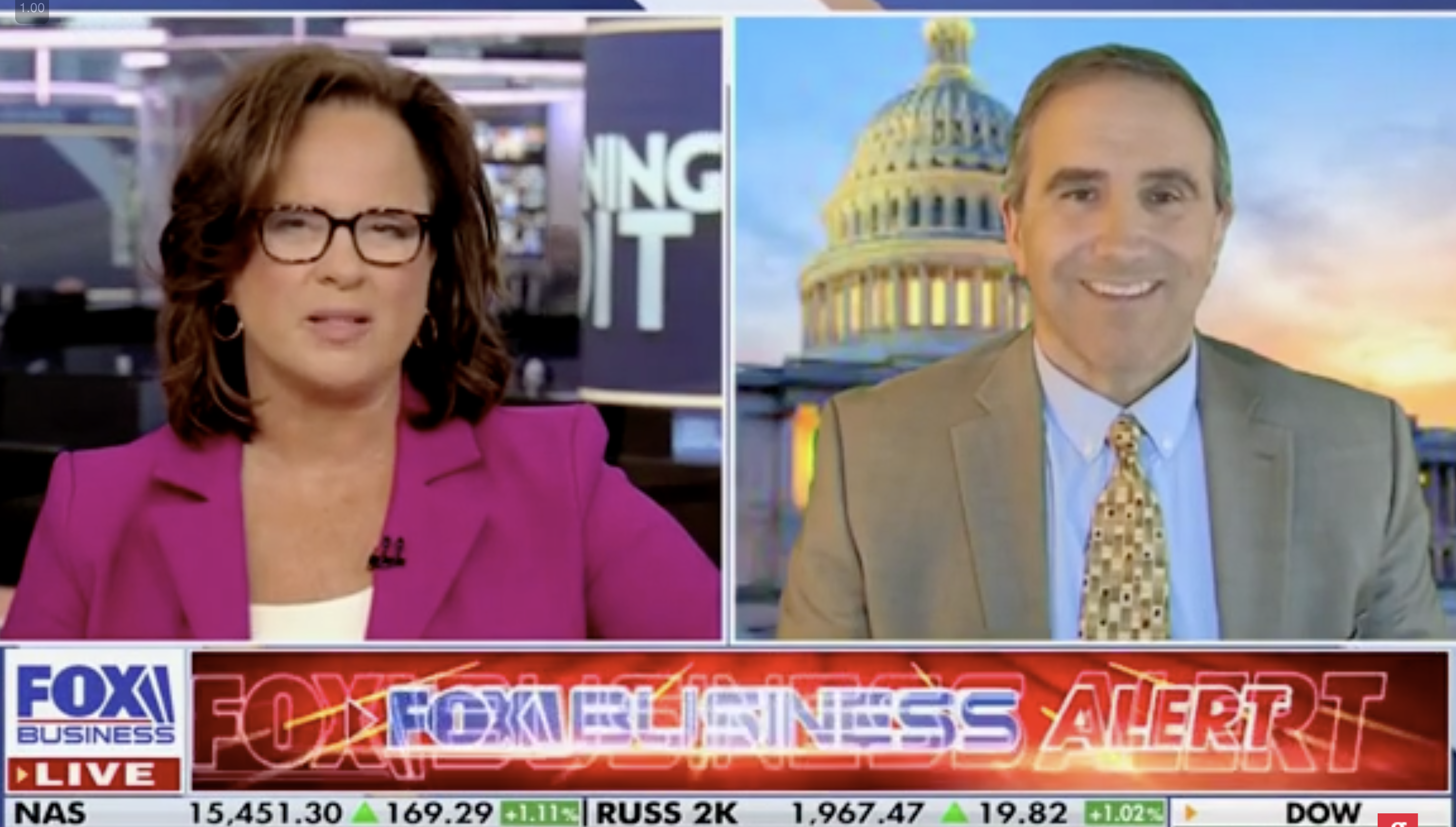Mathematics and Statistics Professor Caleb Stewart Rossiter Helps You “Do the Math” of Logarithms
CO2 has a logarithmic effect on temperature. Using log math, CO2 levels from 1950 to 2018 have 5.23 times the impact of levels from 1900 to 1950. That means there was no measurable warming from industrial CO2 emissions in the earlier period. Recorded temperature rose the same amount in both periods, and rates of extreme weather and sea-level rise were also the same in both. Hence the data to date do not support claims of a CO2-caused “climate crisis.”
The public often hears about a “consensus” of scientists on climate change. Studies making that claim all concern not the existence of a current or future “climate crisis,” but rather the cause of the half-degree Celsius rise in the average measured global surface temperature since 1950. Here is the key claim in the executive summary of the latest UN IPCC report: “It is extremely likely that more than half of the observed increase in global average surface temperature from 1951 to 2010 was caused by the anthropogenic increase in GHG concentrations and other anthropogenic forcings together.” (GHG stands for greenhouse gases, of which CO2 is by far the most important human source.)
The IPCC is a political body of UN member governments. It bases its confidence on there being at least a quarter (its half of a half) degree of warming since 1950 on the expert opinion of the government-appointed scientists who draft IPCC reports. Interestingly, the IPCC maintains a deafening silence in its reports about the cause of the equal half degree of observed warming from 1900 to 1950. Why? Probably because that warming was almost entirely natural. UN member governments who promote a “climate crisis” narrative appear to be embarrassed by the UN data that show warming and rates of extreme weather and sea-level rise are the same in both periods, the all-natural earlier one and the latter one it claims was mostly man-made.
The reason the earlier period is almost entirely natural is that there was only a 15.6 parts per million increase in the share of the atmosphere that is CO2 from 1900 to 1950, compared to a six-times greater 96.1 ppm increase since 1950, as the world industrialized after World War II.
If the impact of CO2 on temperature were “linear,” meaning the same impact on temperature for every additional molecule, that would cause the latter period to have 6.16 times more warming than the earlier one. Since the IPCC is confident of only a quarter of a degree from industrial CO2 for the latter period, it could only attribute a four one-hundredths degree increase in the former period to CO2, an amount far too small to be measured within the error bands of its estimates.
But specialists agree that the CO2-temperature relationship is not linear. Like many physical relationships it is logarithmic, meaning that each added CO2 molecule causes a little less warming than the previous one.
Therefore, doubling CO2 concentrations from 200 ppm to 400 ppm produces the same surface-temperature increase as doubling again from 400 ppm to 800 ppm, even though the second doubling requires twice as much CO2 as the first. This is because CO2 molecules absorb and emit thermal radiation when the frequency with which they vibrate matches the frequency of infrared waves leaving the earth. These frequency bands become “saturated” because previous molecules have already produced close to the maximum possible change. The logarithmic relationship is non-controversial and well-documented with spectroscopy and measurements of radiative flux.
The table on page 3 shows why the warming impact of CO2 levels was 5.23 times greater from 1950 to 2018 than from 1900 to 1950. Here’s how:
Moving from the left-hand side, the table first finds the relative percentages of CO2 increase in the two periods and places those percentages on a doubling scale. Then it applies logarithms to these increases and takes the ratio of the logs for the two periods, finding 5.23. The table includes a simpler, more elegant form of this relationship: log (latter increase/earlier increase), which of course provides the same 5.23 result.
Finally, on the far right, the table illustrates the diminishing logarithmic return to the increase by tenths of the amount of CO2 during a doubling. For example, the first tenth of the way accounts for 13.8 percent of warming impact, and the last tenth only 7.4 percent, illustrating the logarithmic relationship.
The policy implication of this mathematical reality is that, indeed, the IPCC is right not to attribute to CO2 emissions any of the half degree of warming from 1900 to 1950, as the world came out of the Little Ice Age that ended in the 19th century. That warming was entirely natural. As I have testified before Congress, IPCC and U.S. Government data show no increase in rates of sea-level rise, tornadoes, hurricanes, wildfires, and floods from the period of natural warming (1900 to 1950) to the period the IPCC claims is one of largely human-caused warming (1950 to 2018). This calls into question not just claims of current CO2-driven “climate crisis” but projections of future damage.

A PDF version of this article can be downloaded at CO2 Coalition Science & Policy Brief_EqualWarming



